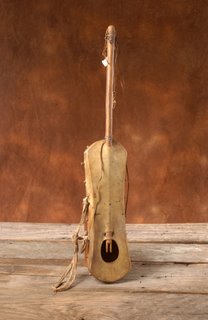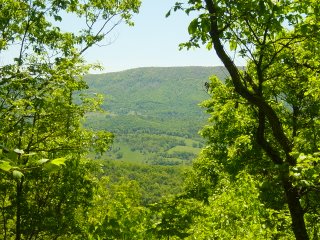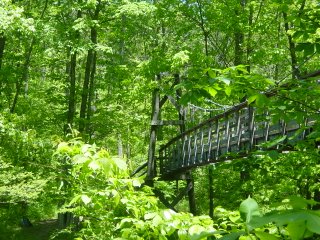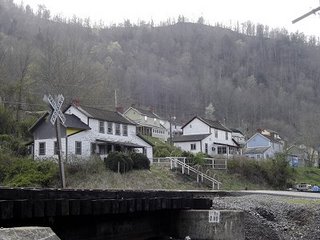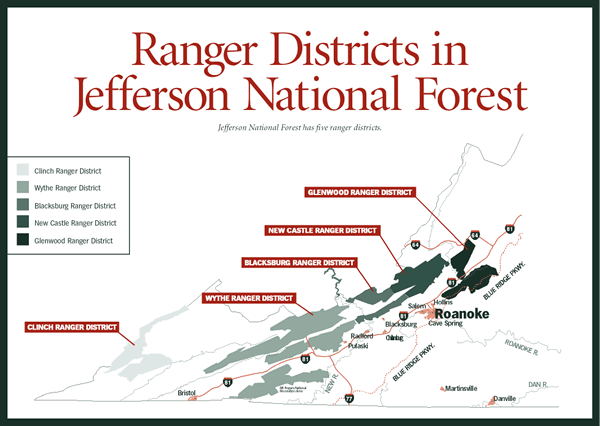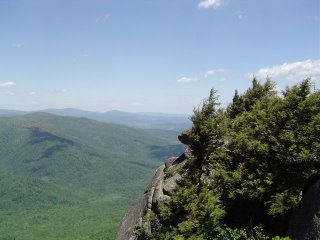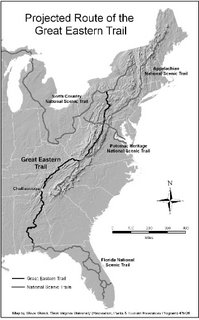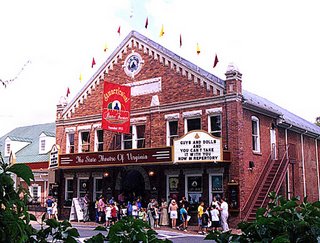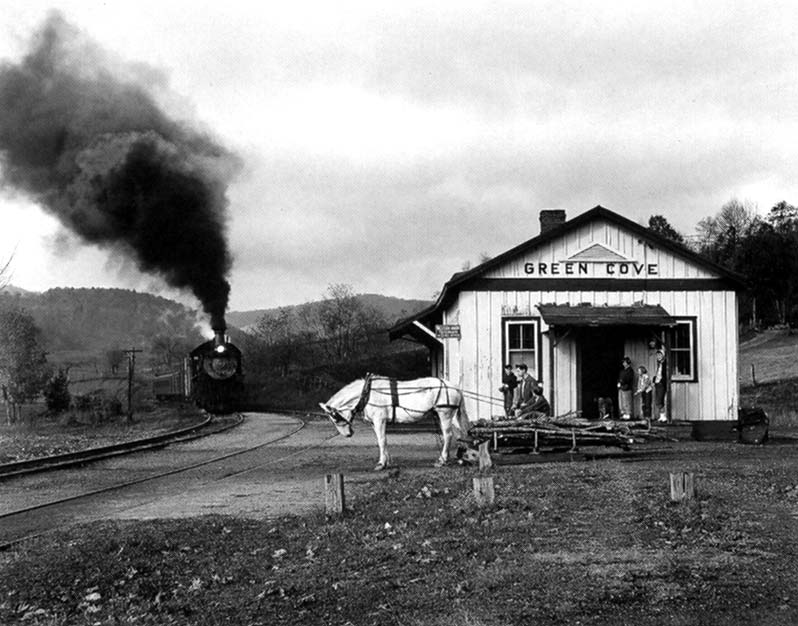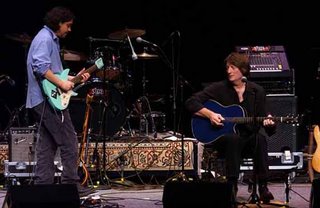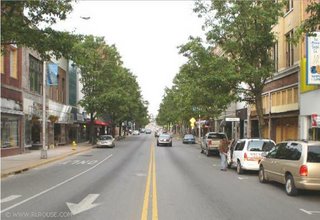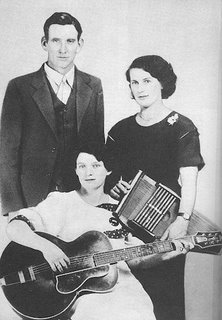The West Virginia Liar's Contest
You know those things that you want to go to as a kid but never get the chance to, then you forget about them for a decade or so, then something, for instance a forwarded e-mail, jars your memory, causing that urge to come back as powerful as ever? Well, that happened to me just this afternoon.
Sarah, my fiance, forwarded me an email from her friend Caroline DeVan (an Oak Ridge girl who recently experienced the delicious torture of moving from the ultimate in climatic extremes - Antarctica to the American Southwest). The e-mail, in turn, linked me to an NPR story on, you got it, the West Virginia Liar's Contest, which is of course one of the big draws at the Vandalia Gathering.
I could summarize the article, but heck, that'd take half the fun out of it, wouldn't it? Instead, I suggest following the link and then listening to the four available submissions. They are, frankly, hilarious (there is a vaguely The Aristocrats feeling to them, though without any of the vulgarity - completely safe for the kids and/or office).
If that weren't enough, I found the official WVLC rules. I know I linked 'm, but damn skippy if I can't help but quoting them here:
1. The contest is open to West Virginia residents only.
2. The “lies” should be short stories (humorous, dramatic, supernatural, etc.) with a maximum length of 3-5 minutes.
3. Registration begins at noon on Sunday. All contestants must register. The contest will begin at 1 p.m. Sunday afternoon with three winners (1st, 2nd and 3rd places) to be chosen from all competitors.
4. Ribbons and cash prizes will be awarded following the contest.
5. Judging will be done by a panel of three storytelling experts who will score each contestant in the following categories:
a. Technique - Delivery, confidence, general stagecraft
b. Story Development - Good development of the tale in time available
c. Originality - New material, or fresh handling of a familiar yarn
d. Effectiveness - In judges’ opinion, taking audience response into consideration
The three judges will score each of the four categories on a scale of 1 to 5 with a maximum of 20 points per competitor. Final scores will not be given to contestants.
6. The judges will confer at the end of the contest to decide the winners.
7. The decision of the judges will be final.
8. All tales will be recorded and deposited in the West Virginia State Archives. Stories may be published in GOLDENSEAL or other publications.
9. All winners are required to submit their social security number in order to collect their prize money. Parents' social security numbers are prohibited for youth winners
Seems kinda' formal for an event that is, essentially, a BSing contest, doesn't it? Of course, if the execs in charge of this event have no doubt that the goal is to move fecal detris through a throwing action, as evidenced by the fact that one of the prizes is, yes, a golden shovel (what you can't learn in National Geographic, eh?). I love it - Garrison Keillor, eat your heart out.

